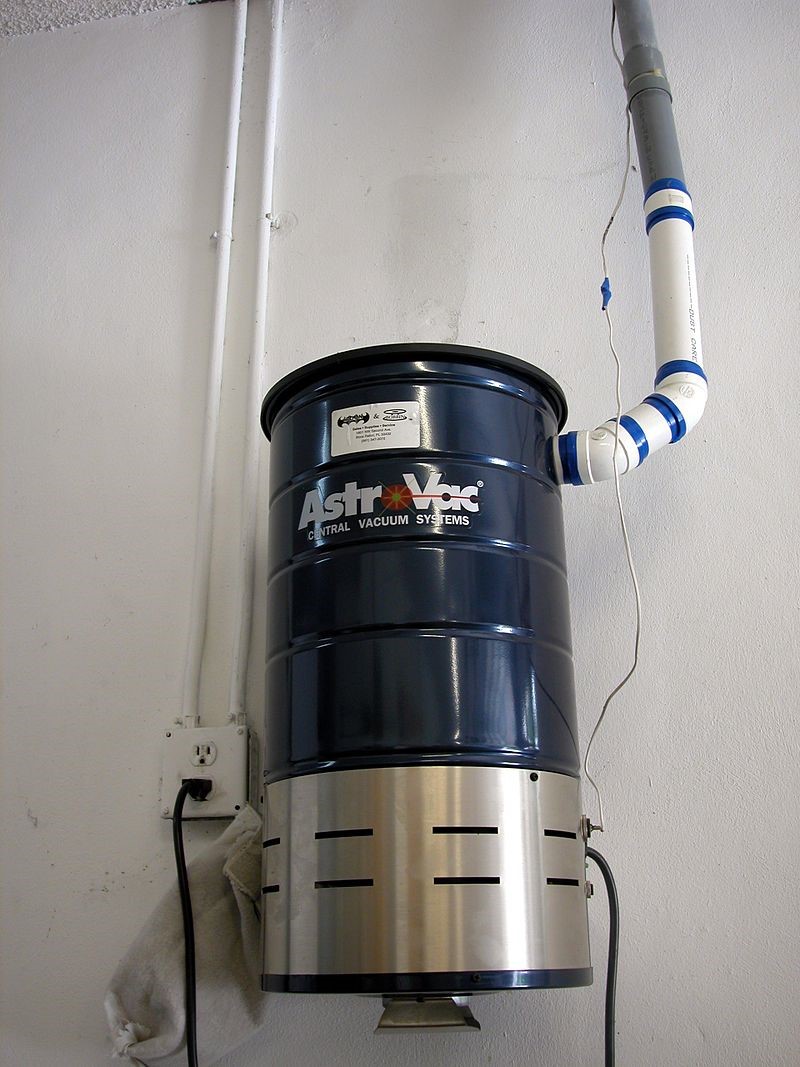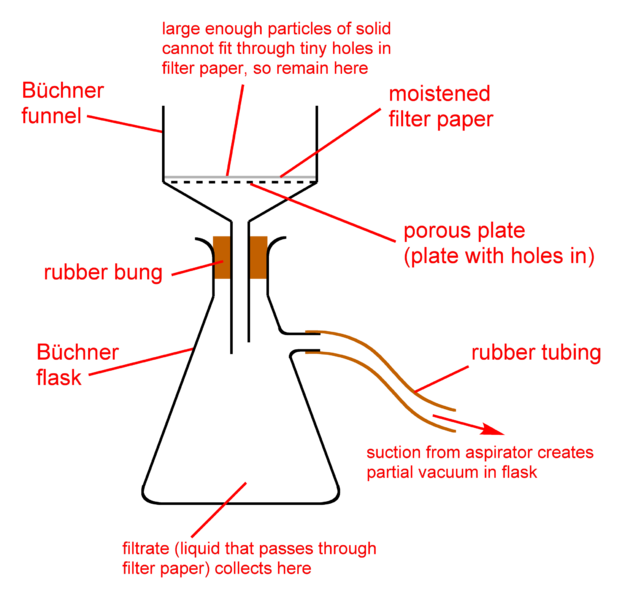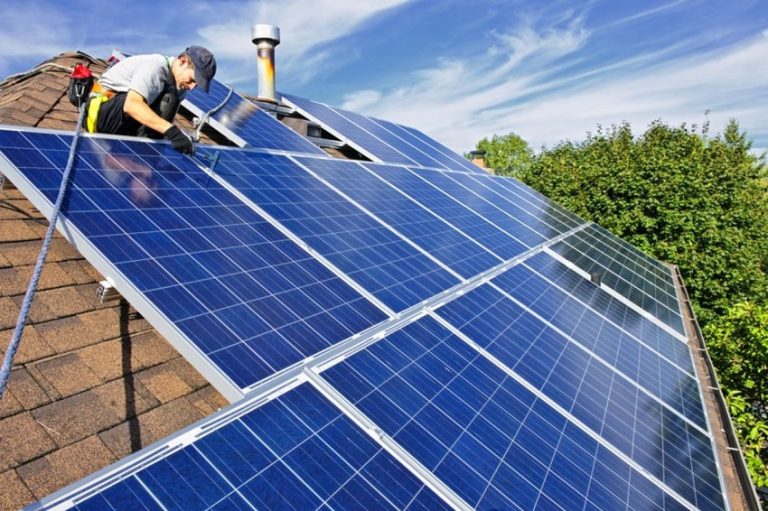If you need to shift bulk materials from A to B, vacuum conveying systems can do this, avoiding dangers and obstacles in their path. This system is particularly useful when transferring powders, with the negative pressure keeping dust particles within the system.

The below six points are important to consider when designing these systems.
1. Density of materials
You must have the correct information about the bulk material. The density is usually measured in pounds per cubic foot or grams per cubic centimetre. This is important when designing the receiver size and conveying line. The density also determines the conveying velocity and the vacuum producer. The higher the bulk density, the faster the transport velocity required.

2. Characteristics of materials
Each bulk material has its own unique characteristics, sizes and particle shapes, which can affect the size of the filter assembly and receiver. Is the material abrasive, combustible, absorbent or free-flowing? Will it be chemically compatible with certain metals or hoses?
3. Conveying rate and distance
The standard ‘up and in’ system lifts vertically from the floor to the receiver. Think about the 45- or 90-degree sweep elbows required, one of which is equal to 20 feet of linear tubing. Keep this in mind where space is concerned and aim for as few elbows as possible.
How many pounds/kilograms are you going to convey per hour? Calculate the demands of the conveying process to size the system. Vacuum conveying systems are available from providers such as http://www.aptech.uk.com/pneumatic-conveying-systems/vacuum-conveying.
4. Upstream process
You need to specify the upstream process in which the materials are supplied. Where is it coming from, and is there anything else used to transfer the goods? The frequency of the transfer of materials is also important – continuous or batch – and can affect the behaviour of the materials.
5. Headroom needs
If you are installing your vacuum conveyor within a space already in use, you must be careful. Even conveying systems of the smallest size need at least 30 inches of space above. If space is limited, positive pressure or scaling valves can help to keep things tidy.
6. Local atmosphere
The placing of your system is important. Atmospheric and geographic conditions, such as high altitude locations (requiring more air to convey materials), humidity and temperature can have an impact on the process.













